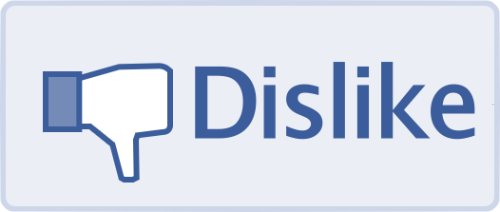Marketers are continuously trying to challenge the norm and rise above the crowd with their creative edge, and Sony succeeded. They embedded a secret message in their brand new ad for the Xperia Z5 phone. The phone’s selling point is that the camera has an auto focus of 0.03 seconds, and a Scandinavian agency chose to highlight this by embedding a secret message in their ad, but what’s the catch? This message was only shown for 0.03 seconds.
https://www.youtube.com/watch?v=p1cwrCIKct8&feature=youtu.be
This message urged the users who were able to catch it to email the address posted, and in return, they would have the chance to win a brand new phone.
Nordic brand and communications manager, Martina Johansson, spoke about the ad and stated: “I think we have confirmed what we already knew, that consumers have to be given fun and interesting reasons to watch branded communication”. Nowadays, brands are always aiming to find new ways to get consumers to interact with the brand, and Sony developed an outstanding ad to capitalize on this opportunity.
The ad surpassed expectations of success, having consumers send emails to the address within minutes of the ad being posted. They stepped outside the box and presented the main features of their new product in an interesting way, and caught consumers’ attention.
In today’s busy advertising world it’s extremely difficult to be the ad which people notice, however, by embedding fun games into the ads as Sony did, brands have a higher chance of gaining impressions. This ad promoted high engagement by urging consumers to act, but its most successful attribute is arguably that it achieved what marketers are find to be very difficult nowadays; to disrupt and be noticed.
Sources:
http://digiday.com/brands/sony-embedded-secret-message-new-digital-video-ad/


















